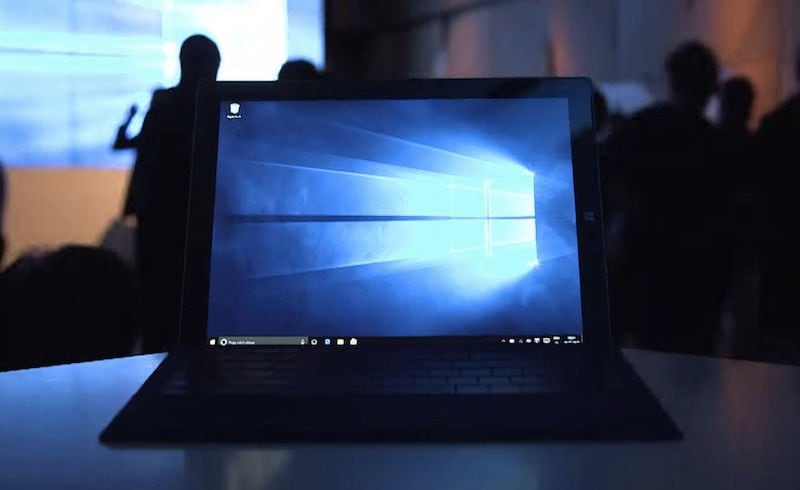Chinese technology giant Lenovo has said India is “dynamic” market as a sizeable population has very high-end requirements for gaming products.

“India’s population is so big you do not need many people to get into gaming to become a sizeable market. That is why we also picked India as a focus market in terms of gaming. There is a sizeable population that is really into gaming,” Ken Wong, President Asia Pacific & Senior Vice President at Lenovo Group told PTI in an interview during IFA 2017 event in Berlin.
That is why there was a recent launch of the Legion brand gaming PC in India, he said.
“We are receiving very good feedback on Legion. And I strongly believe that this market will continue to grow in India,” Wong added.
The dedicated gaming PCs Legion Y520 and Y720 were introduced in India in May this year.
The company’s new gaming headsets – augmented reality (AR) powered ‘Star Wars : Jedi Challenges’ and mixed/virtual reality (VR) creator ‘Lenovo Explorer’- pulled in a lot of gaming enthusiasts, specially Star Wars fans to the Lenovo booth at the Europe’s biggest consumer goods and electronics show IFA 2017.
Even as these new gaming devices will not be available in India, Wong sees it is a very dynamic market.
“When we talk about market, India is a very dynamic market. We see very high end and extreme requirements. There are also many main stream requirements, for example, gaming on the phone,” Wong said.
Elaborating on gaming products, Wong said a lot of things are happening in the east post of the Asia Pacific region and governments are also supporting this because of revenue potential.
“I do a lot of interaction with different governments, cities, countries, regions. A common thing that is coming out is that governments are actually putting a lot of resources in supporting the gaming industry. I was born in Hong Kong and live there, the government is putting a lot into gaming.
Singapore is doing the same as it is happening everywhere and I think India is also the same (kind),” he added.
Wong said the reason is not about gaming as such but it is about the economics about the gaming.
“Imagine the technology involved, the coding, which I think is a very strong part of India. Software development, coding is the number one pillar that I can think of as a strength of India. Events like Asian games are very important revenue streams,” he said.
Wong said Lenovo is putting in a lot of thinking into gaming devices and that is why it has upgraded the gaming PCs under Lenovo Legion brand.
“If you look at our endeavour, I think we are putting in $1.2-1.3 billion (roughly Rs. 7,657 – 8,295 crores) on an annual basis (into gaming products),” he said.
Gaming is not like a casual (activity) in Asia Pacific, but given the size of millennial, they not only want premium products but also want to enjoy life through technology.
“The market is actually moving toward more premium, we actually see more growth from the premium side of the market.”
“We have seen some very good results in the past 12 months. We are number one in Malaysia in terms of market share, we have been enjoying at least double digit premium to the market growth in terms of gaming in India, Thailand, Malaysia, Philippines and Singapore,” Wong said.
Source : (gadgets.ndtv.com)















